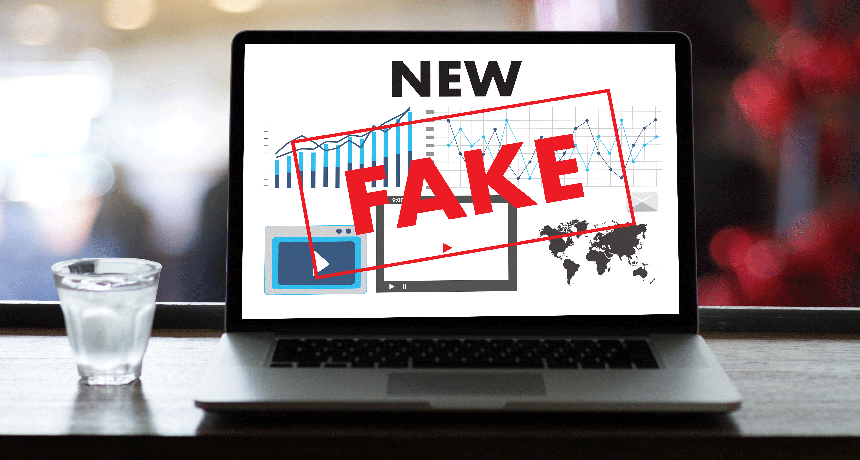Post by cyber4eva on Oct 27, 2020 19:05:41 GMT
By Maria Temming, September 27, 2018 www.sciencenewsforstudents.org/
Some lies are easy to spot. Take that report that First Lady Melania Trump wanted an exorcist to cleanse the White House of Obama-era demons. (Bogus!) Then there was that piece on an Ohio school principal who was arrested for defecating in front of a student assembly. (Also untrue.) Sometimes, however, fiction blends a little too well with fact. For instance, did cops really find a meth lab inside an Alabama Walmart? (Again, no.)
We live in a golden age of misinformation. So anyone scrolling through a slew of stories might easily be fooled. In fact, data show, plenty of us are.
On Twitter, falsehoods spread further and faster than the truth, a March 9 study found. Online bots have been accused of spreading these tall tales. But the study in Science found that people shared more bogus tales than did web bots.
Plenty of fake-news stories moved around the web in the weeks leading up to the 2016 U.S. presidential election, U.S. intelligence officials reported this year. And the most popular of these fake news reports got more Facebook shares, reactions and comments than did truthful news, according to one analysis in BuzzFeed News.
To help sort fake news from truth, scientists have begun building new computer programs. They sift through online news stories, looking for telltale signs of fake facts or claims. Such a program might consider how an article reads. It might also look at how readers respond to the story on social media. If a computer spied a possible lie, its job would be to alert human fact-checkers. They would then be asked to make any final judgment call.

Some lies are easy to spot. Take that report that First Lady Melania Trump wanted an exorcist to cleanse the White House of Obama-era demons. (Bogus!) Then there was that piece on an Ohio school principal who was arrested for defecating in front of a student assembly. (Also untrue.) Sometimes, however, fiction blends a little too well with fact. For instance, did cops really find a meth lab inside an Alabama Walmart? (Again, no.)
We live in a golden age of misinformation. So anyone scrolling through a slew of stories might easily be fooled. In fact, data show, plenty of us are.
On Twitter, falsehoods spread further and faster than the truth, a March 9 study found. Online bots have been accused of spreading these tall tales. But the study in Science found that people shared more bogus tales than did web bots.
Plenty of fake-news stories moved around the web in the weeks leading up to the 2016 U.S. presidential election, U.S. intelligence officials reported this year. And the most popular of these fake news reports got more Facebook shares, reactions and comments than did truthful news, according to one analysis in BuzzFeed News.
To help sort fake news from truth, scientists have begun building new computer programs. They sift through online news stories, looking for telltale signs of fake facts or claims. Such a program might consider how an article reads. It might also look at how readers respond to the story on social media. If a computer spied a possible lie, its job would be to alert human fact-checkers. They would then be asked to make any final judgment call.




